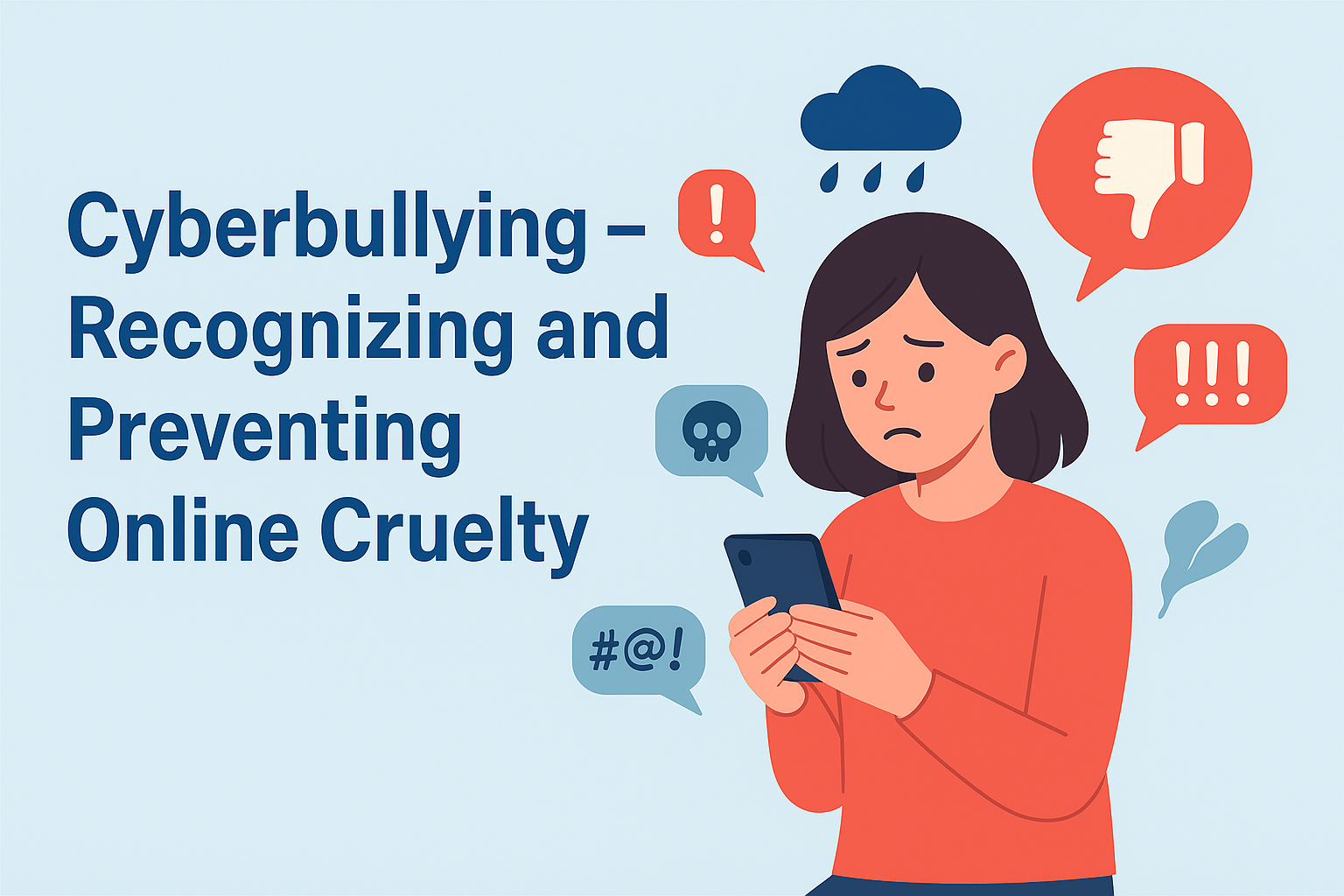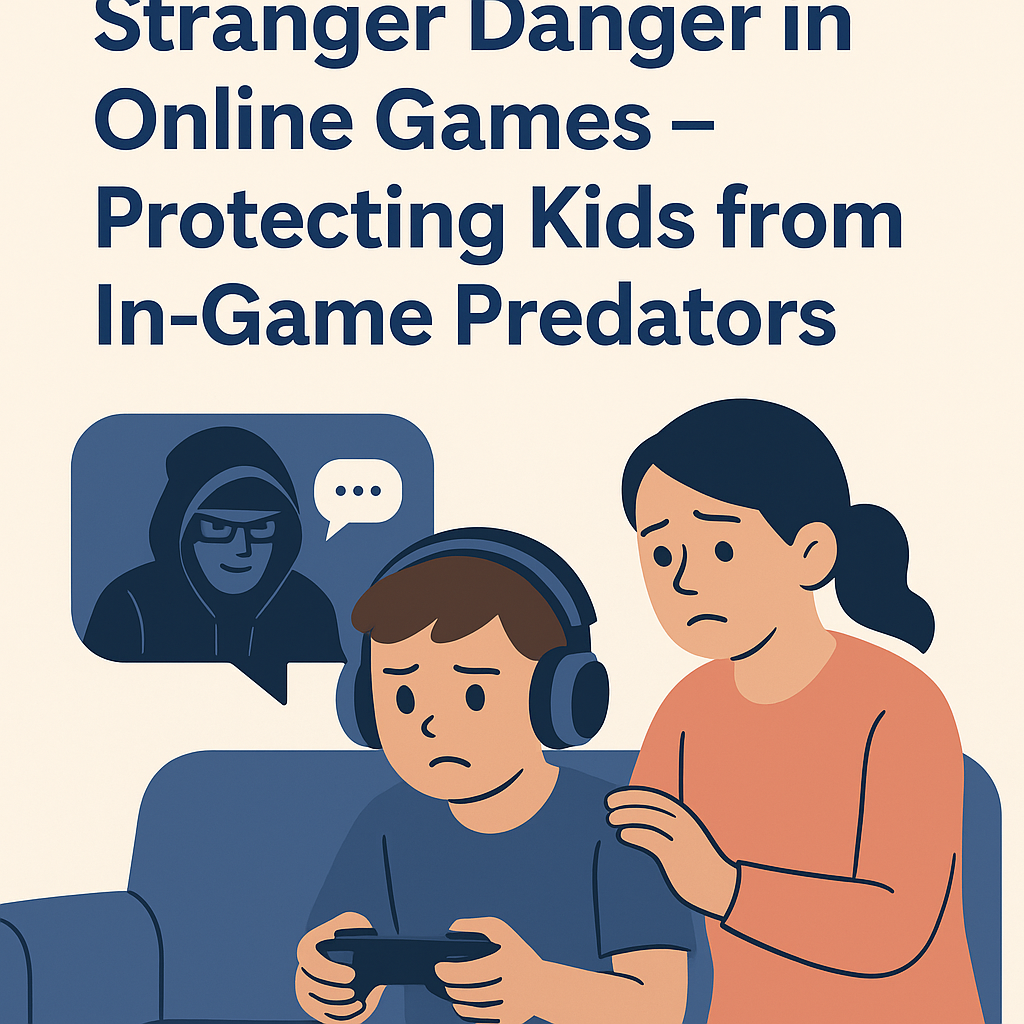Smartphones at School – Keeping Students Focused in Class
Students can get easily distracted by smartphones during class, affecting their focus and learning.

In many schools, smartphones have become a major source of distraction. Nearly three-quarters of U.S. high school teachers report that student cellphone use is a “major problem” in their classrooms, and even middle school educators see frequent disruptions. While 95% of teens (ages 13–17) have access to a smartphone, teachers observe that constant notifications, social media, and games can pull students’ attention away from lessons.
This distraction can hurt academic performance; in fact, research has linked heavy in-class phone use with lower test scores and grades. Schools have responded by adopting phone policies – about 82% of K-12 teachers say their school has some cellphone rules. However, enforcement isn’t always easy, especially in high school where 60% of teachers say enforcing phone rules is difficult.
How can parents help keep kids focused at school?
Start by having an open conversation about why limiting phone use in class is important for learning. Establish expectations that during school hours, the phone is for emergencies or academics only. Many parents find it effective to use technology tools to assist with this. For example, the Protect Kids platform lets you set up scheduled phone “downtime” during school hours. With Protect, you can pause access to distracting apps, games, and social media while class is in session, so your child isn’t tempted to check messages or play games under their desk. This kind of scheduled app blocking ensures that during homework time or the school day, only educational resources are available – keeping kids on task and minimizing distraction. Some schools even encourage such tools to reinforce their no-phone policies from home.
Finally, model good device etiquette yourself. Show that during meetings or important tasks, you put your own phone away. When children see adults value focused, uninterrupted work, they’re more likely to follow suit. With clear family rules and supportive tools like Protect to automatically enforce them, kids can develop healthier habits and stay engaged with learning. The result is a win-win: fewer distractions in class and better academic outcomes, all while still allowing children the safety of having a phone available when truly needed.
Latest articles

Start using the parental control platform of

the future




